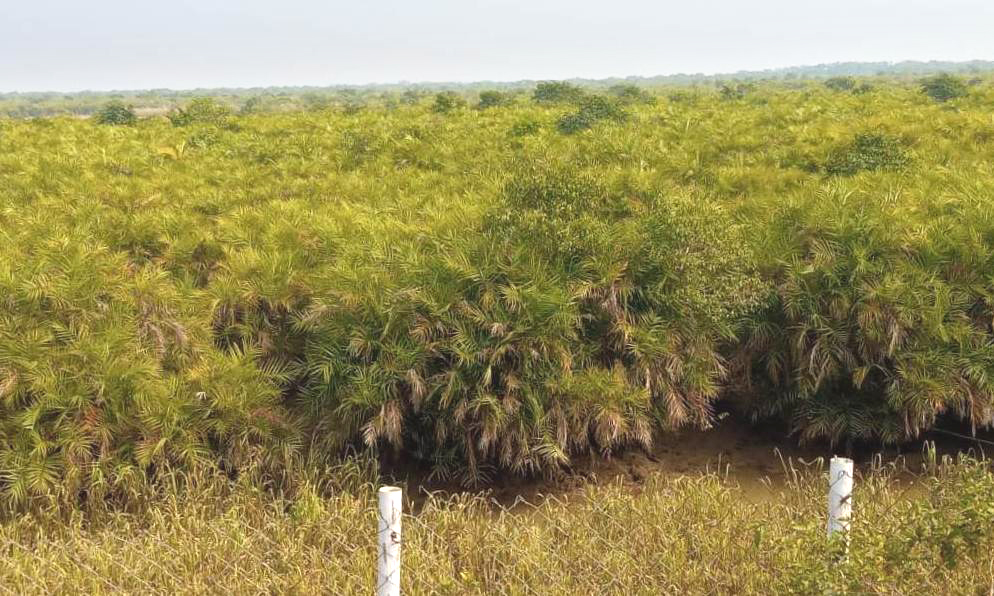Kendrapara: While the severe cyclonic storm Yaas caused much destruction in this district as it blew away thatched houses, uprooted trees, utility poles, telephone towers and destroyed paddy crops, it has failed to cause any visible destruction in Kalibhanjadiha island inside the Bhitarkanika National Park due to the presence of mangrove forests, a report said.
The speed of the cyclonic storm was more than 145 km per hour. Its impact was so severe that high tidal waves crossed the shore in coastal Rangani, Talachua and Satabhaya villages.
The cyclonic storm uprooted over 100 trees and partially damaged more than six houses meant for tourists in the natural tourist site Havelikhati island.
However, it caused very negligible destruction in Kalibhanjadiaha island close to the coastline in Bhitarkanika owing to presence of mangrove forests in 8.5 sq km of area in the island.
This has once again proved that mangroves can save the coastal regions from the impact of such calamities. Kalibhanjadiha island has set an example and shown the way regarding how to protect the coastline.
The utility of mangroves in protecting the coastline from the impact of the cyclonic storms and tsunami has been realised well by the state government, local residents and environmentalists.
Consequently, the government has decided to create a green belt on 3,500 hectare on the coastline to protect the area from coastal erosion as well as contain the loss of lives and properties during floods, cyclonic storms and tsunamis.
Environmentalists Hemant Kumar Rout, Srikant Nayak, Dolagobind Jena and Alok Parida said that Kendrapara is prone to natural calamities like floods, cyclonic storms, storm surges and tsunamis.
The district has so far faced six cyclonic storms, including the Super Cyclone-1999, while floods have become a regular feature every year.
However, the presence of mangroves helped protect Bhitarkanika during such calamities where the total loss is much less compared to the losses suffered in other parts of the district.
During the Super Cyclone-1999, tidal waves crossed the coast like tsunamis. The calamity then snatched away 10,000 lives across the state, while 397 persons died in the district.
Yaas also left a trail of destruction in the state and affected over 150 villages in Balasore, Bhadrak and Kendrapara districts. The total losses in Bhitarkanika were estimated at Rs 48.37 lakh while the Kalibhanjadiha island within it faced negligible destruction.
Mangroves cover over 70 per cent of the 8.5 sq km of the island but not a single tree was uprooted during the cyclone Yaas, they said.
Mangroves are the only means to save the coastal region from natural calamities like floods, cyclonic storms, storm surges and tsunamis as they act as a protective wall against the onslaught of nature, they said.
When contacted, Susant Nanda, director of the Odisha Forest, Environment and Climate Change department, said that the state government has decided to plant casuarinas and cashew trees over 3,500 hectares near the coastline.
The state already has mangrove forests on 220 sq km of area. The fear and impact of natural calamities like floods, cyclonic storms and tsunamis could be reduced to a great extent if mangrove forests were created on an additional 400 hectares, he added.
Bikash Chandra Dash, Divisional Forest Officer, said that checking coastal erosion has become our priority for which stress is being laid on removing the prawn gheries as they are harming the environment.
The space created by removing the gheries could be utilised for creating mangrove forests. The department is already growing new mangrove saplings.
PNN
